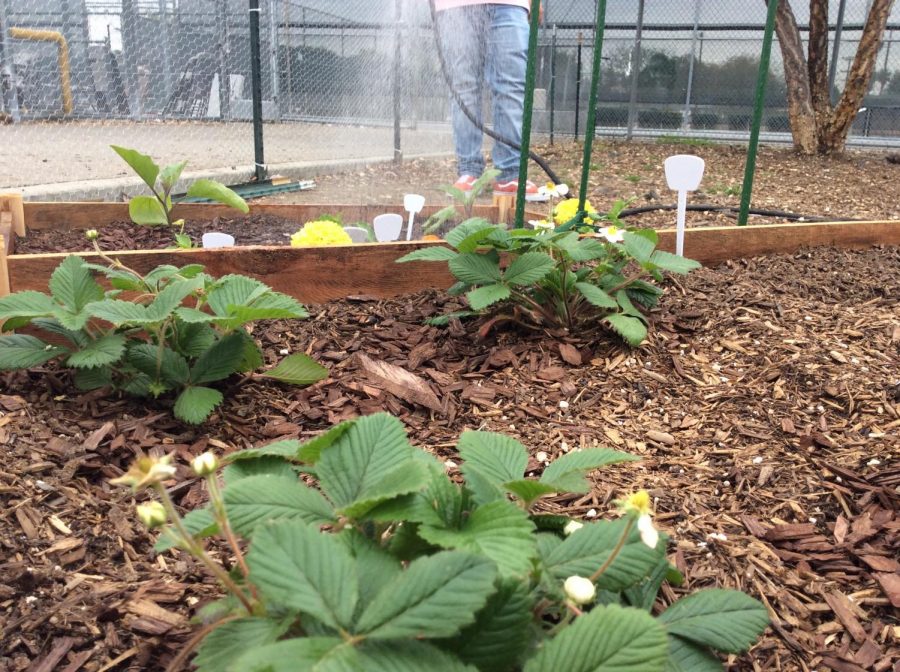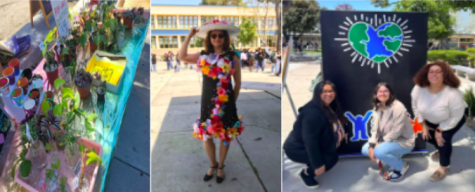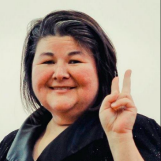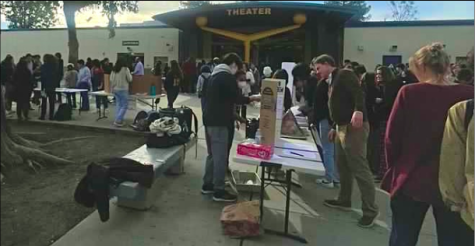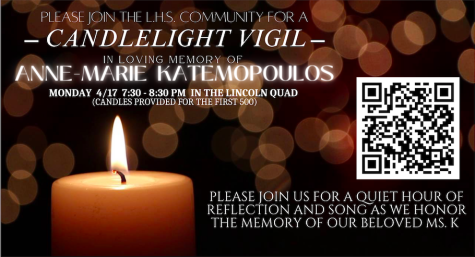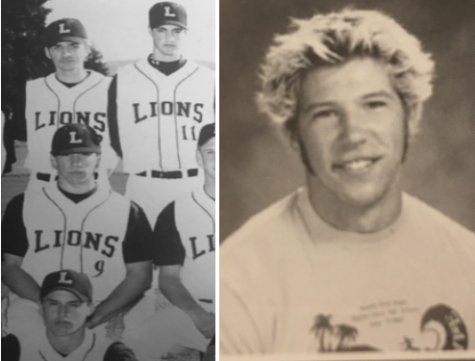Lincoln’s Garden Inspired by “Seedfolks” Inspires Students
Here at Abraham Lincoln High School, Ms. Neely’s first period Intervention English class was inspired to start a community garden after her class finished reading the book Seedfolks, written by Paul Fleischman. Mr. Fleischman, a writer who lives in Santa Cruz, CA, last visited Lincoln’s campus a few years ago to speak about climate change and promote his latest work, Eyes Wide Open. The last time there was a student facilitated garden here at Lincoln was in 1942 (check out the featured image, above), so the first step for the process was to write up a proposal and submit it to the principal and to the Lincoln Foundation.
In the proposal, the students also described their commitment and their plan to help keep the garden alive for this season and the next season. For example in the summer they plan to have a summer water rotation schedule to help ensure the life and success of the garden.Once the proposal was approved, the Lincoln community garden was awarded funding by the Lincoln Foundation which helped them to purchase supplies to begin the start up process for the garden.
Since the garden was established, Ms. Neely has noticed a positive change in her students. “As the kids have gotten into it and taken ownership of it,” she said. “I’ve seen people who didn’t work regularly in a classroom, work really hard out here. A special meaning, yeah I think it motivates kids to get work done, which I think is always good,” said Ms. Neely.
In the book, the garden was able to bring together the diversity groups of their community, so the goal of this Lincoln garden is to be able to do the same. In fact, all the vegetables planted in the Lincoln garden are exactly the same as the ones planted in the book.
“Ideally I would like to see this garden handed off to the next group of 9th grade intervention kids that come in, with them being the leaders and the incoming students being the learners,” said Ms. Neely.
Isabelle Santiago is a senior at Abraham Lincoln High School, in San Jose, California. She was born in Sacramento, California, but has spent the last two...
Gabriela Aguayo is a freshmen at Abraham Lincoln high school Gabriela is interested in photography and soccer. She also likes running and spending...


